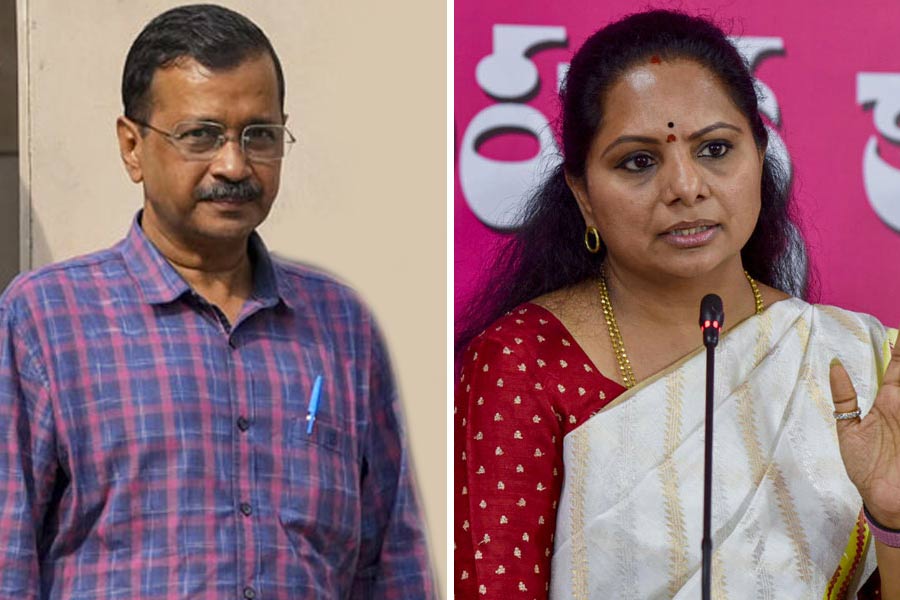India’s space agency on Wednesday launched a communications satellite using a giant rocket called the GSLV-Mark III, which is also the planned launch vehicle for the country’s next lunar mission and manned space missions.
The GSLV-Mark III, on its second developmental flight, lifted off from the Indian Space Research Organisation’s Sriharikota spaceport carrying a 3,423kg GSAT29 satellite and injected it into its intended geosynchronous transfer orbit in 17 minutes.
The GSLV-Mark III is India’s most powerful rocket, designed to ferry astronaut-carrying space capsules into low-Earth orbit.
Isro chairman K. Sivan on Wednesday declared it an “operational” vehicle, implying the agency had confidence in its design and performance. He said it would be used for Isro’s second lunar mission, Chandrayaan-2, and for the planned manned mission.
Isro has dubbed the GSLV-Mark III the “Bahubali” or “fat boy” among Indian rockets, a PTI report said. The GSAT-29 too is the heaviest Indian satellite to be put into orbit.
Isro’s space communications centre in Hasan, Karnataka, has assumed control of the GSAT29 and engineers are planning to execute three orbit-raising manoeuvres in the coming days to nudge the satellite into its designated orbital slot.
The satellite is intended to serve as a test-bed for several new and critical technologies, Isro said. Its payloads are especially configured to cater to the communications requirements of users in remote areas in Jammu and Kashmir and the Northeast.
Prime Minister Narendra Modi had earlier this year announced that India would send an astronaut into space before or by 2022. Isro has been working on multiple components of manned space missions for over a decade.
The first GSLV-Mark III mission was an experimental sub-orbital flight in 2014. In 2017, Isro had conducted the first developmental flight of the GSLV-Mark III, launching a GSAT-19.
Wednesday’s launch marks the “completion of the experimental phase of GSLV-Mark III”, an Isro release said.










